When Minhwa (민화) Meets K-Pop: A Colorful K-Culture Day at the Korean Embassy in Malaysia
2025-08-04What happens when traditional Korean folk art meets a modern animation about K-pop idols fighting demons? You get a fun and insightful afternoon packed with culture and laughter at the Korean Embassy in Malaysia.
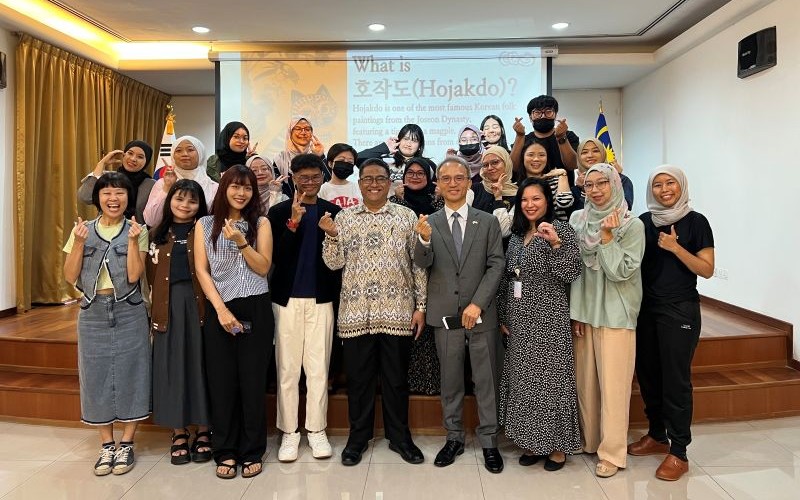
Held on July 29, 2025, the second K-Culture Day was specially organized for the Embassy’s Online Supporters, who are tasked with promoting the embassy’s social media content, announcements, and events. The theme for this session was “Korean Folk Art Craft: Inspired by Netflix’s K-Pop Demon Hunters”. A fun coloring session introduced participants to the traditional Korean folk art Minhwa (민화).
Strengthening Korea-Malaysia Ties
H.E. Yeo Seung-bae, Ambassador of the Republic of Korea to Malaysia, took time out from his busy schedule to meet the 2025 Online Supporters in person for the first time. During his welcome speech, he shared a personal story: when his son recently visited from the U.S., he remarked on how K-culture is now immensely popular there.
With the global popularity of Korean culture, the ambassador hopes Online Supporters can serve as a bridge between Korea and Malaysia.
“Hopefully you can share your fun and experience with other friends and continue helping us enjoy K-culture together,” he said in his speech.
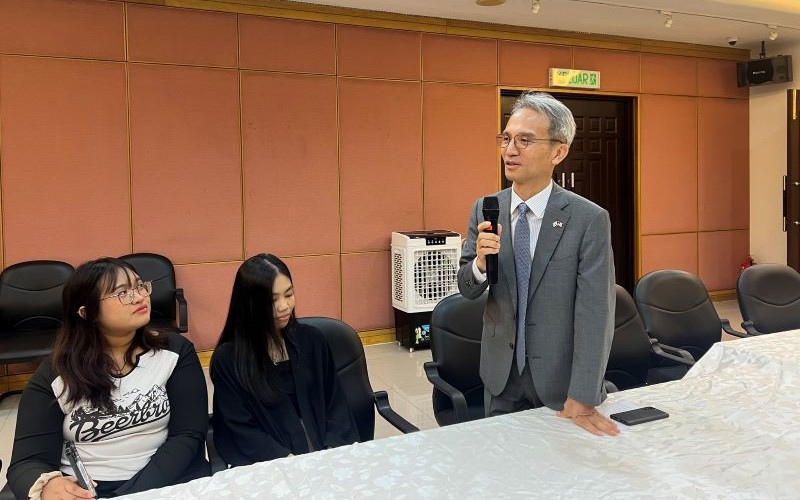
What is Minhwa (민화)?
The hands-on task of the day was to create a DIY candlestick featuring Hojakdo (호작도)—a traditional Minhwa motif depicting a tiger and a magpie.
A presentation by the embassy gave an overview of Minhwa (민화), a genre of traditional Korean folk painting. Several types were introduced:
- Hwajodo (화조도) – paintings of flowers and birds
- Sipjangsaengdo (십장생도) –paintings of ten symbols of longevity
- Sansudo (산수도) – paintings of mountains and rivers
- Hojakdo (호작도) – paintings of tiger and magpie
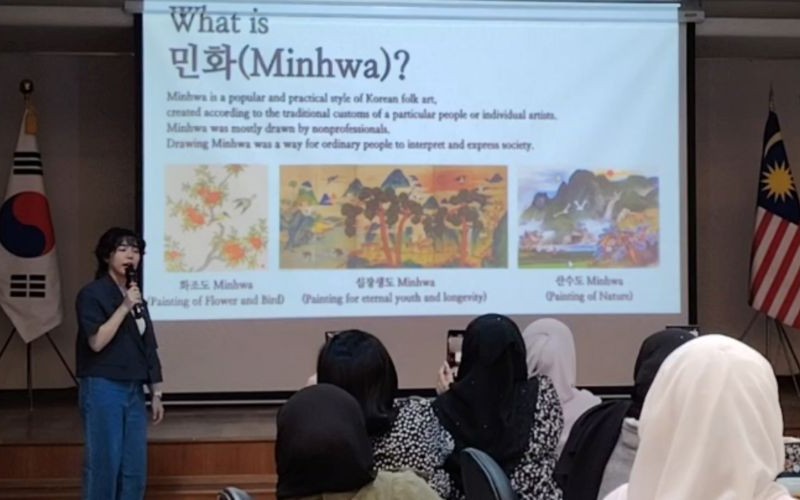
This very image of the tiger and magpie was also featured in K-Pop Demon Hunters, making it the perfect motif for this activity.
“Hojakdo is one of the most iconic folk paintings from the Joseon Dynasty,” an embassy staff member explained.
“Satirically, the tiger represents the authoritarian upper class, while the magpie symbolizes the common folk. As cultural symbols, the tiger wards off evil spirits, and the magpie brings good fortune.”
An afternoon of fun and laughter
Laughter filled the room as participants dove into their coloring session; who knew adult coloring could be so fun? It also became a great opportunity for bonding, as participants shared coloring materials and conversation.
Attendees enjoyed a delicious dosirak (도시락) lunch with Kimchi Kongnamul Guk (콩나물국 - Kimchi and soybean sprout soup), courtesy of the embassy.
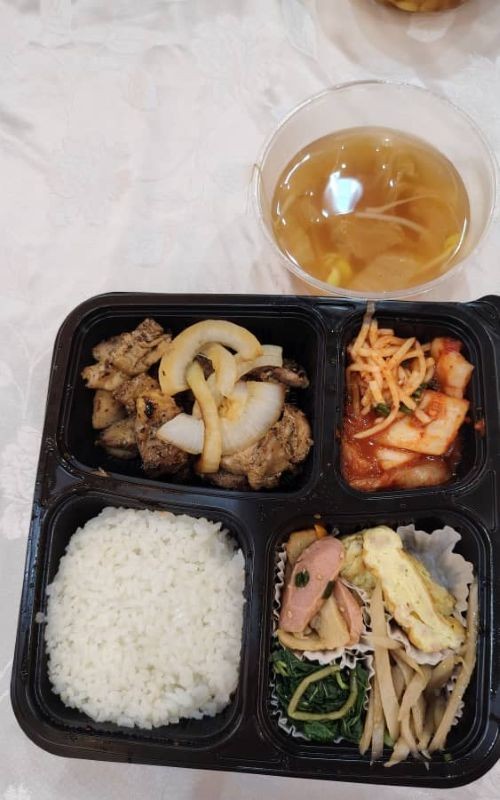
Some even sang along to the K-Pop Demon Hunters’ soundtrack playing in the background. Attendees roared with laughter as some attempted to hit the high notes of the hit song “Golden”, which recently topped the Billboard Global 200 chart.
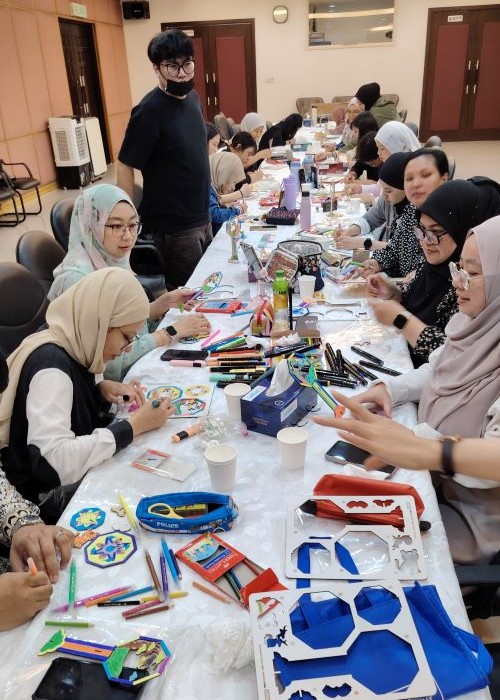
Bridging Past and Present
Thanks to this event, I did not only learn about but also discovered Netflix's recent hit KPop Demon Hunters. I might’ve been one of the few attendees who hadn’t watched the much-talked-about animation. So in preparation, I read up on reviews, cast interviews, background information, and the cultural themes woven into the storyline.
What made this session special was the blend of traditional and modern culture. By connecting Minhwa (민화) to K-Pop Demon Hunters, the event showed how Korea is successfully using popular media like K-dramas, K-pop, and animation to promote its cultural heritage.
This creative fusion provides a successful model for other countries to consider, especially in preserving and revitalizing dying arts and vanishing traditions.
How about this article?
- Like0
- Support0
- Amazing0
- Sad0
- Curious0
- Insightful0


